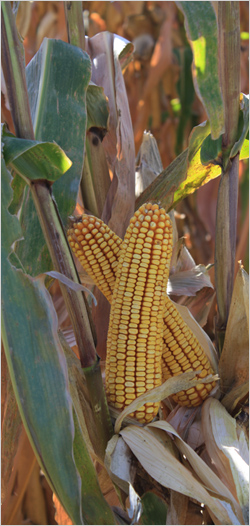Nutrient Management
What is Nutrient Management planning and what are some of the benefits of Nutrient Management to the farmer?
With a proper nutrient management plan, agronomic expertise and professional application of waste products, we are able to manage the amount, source, placement, form and timing of the application of nutrients and soil amendments while minimizing nutrient losses from runoff or leaching. To do this, we must use proper soil and manure sampling, assess the contributions made by leguminous crops (soybeans and alfalfa), discuss and assess past management practices to help in future nutrient planning, determine the preferred application technique and time of any nutrient bearing materials, and set realistic yield goals to supply the correct about of nutrients for plant growth.
Encyclopedia Definition
Nutrient Management is a system used by farmers to manage the amount, form, placement, and timing of the application of nutrients, whether as manure, commercial fertilizer, or other form of nutrients, to plants. The purpose is to supply plant nutrients for optimum forage and crop yields, to minimize non-point source pollution (runoff of pollutants to surface water) and contamination of groundwater, and to maintain and/or improve the condition of soil.
Benefits:
When a Nutrient Management Plan is determined, the optimum goals are to maintain optimum fertility conditions for crop growth while minimizing environmental impacts. If you follow a Nutrient Management Plan, you should see an increase yields and lower input costs, as a result, you will potentially see an increase your farm profitably and water quality.
What does a Nutrient Management Plan involve?
- Soil and manure sampling.
- Assessment of the nutrient contributions made by leguminous crops. (alfalfa hay, clover hay, lespedeza hay, soybeans, etc.) We know these crops leave nitrogen behind that is available the next year.
- Discussion and assessment of past management practices.
- Determination of the preferred application techniques and timing of any nutrient bearing materials (fertilizers, manure, poultry litter, biosolids and organic).
- Setting realistic yield goals.

